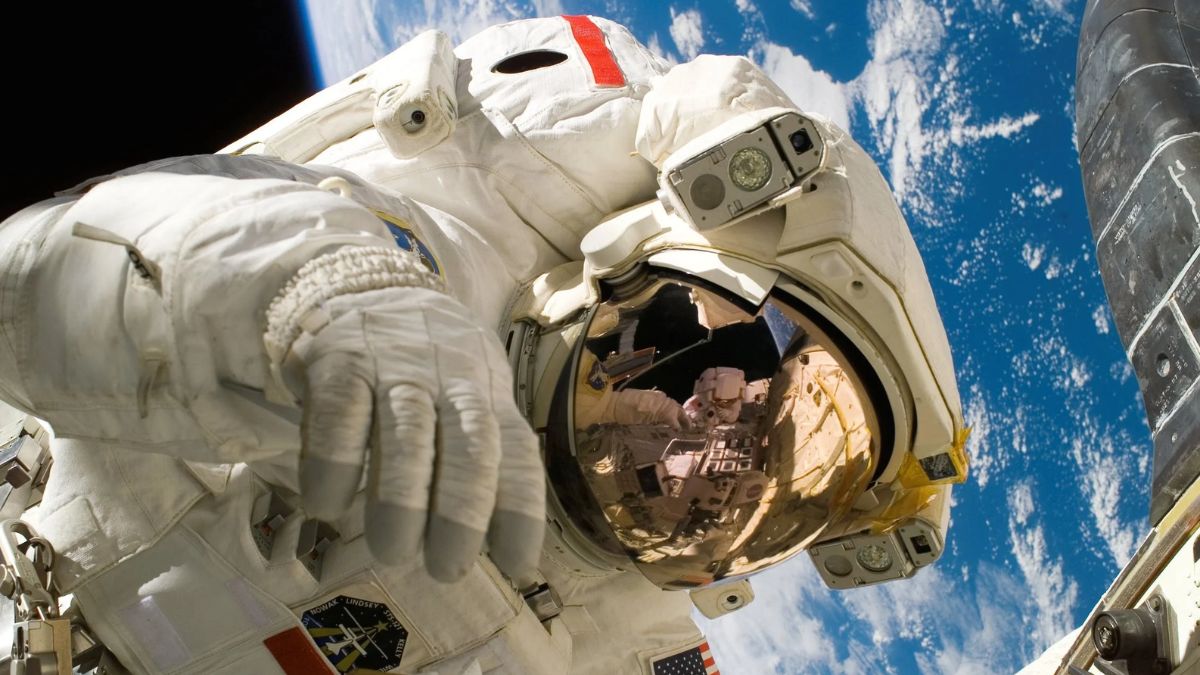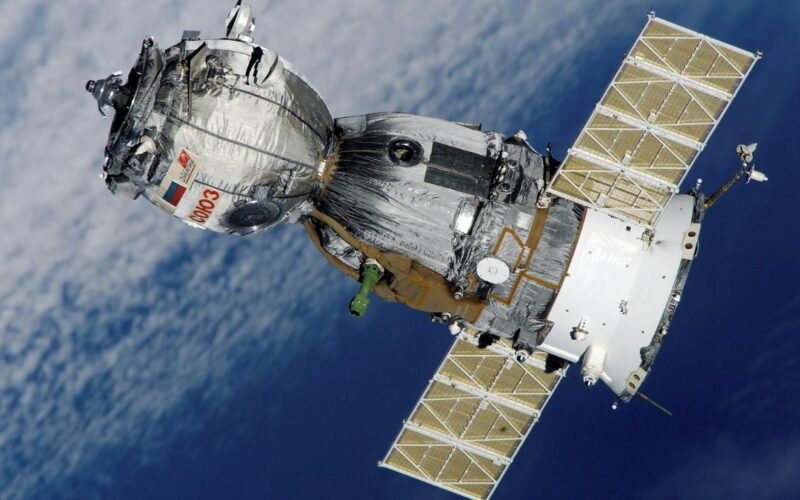As the clock strikes midnight on New Year’s Eve, people around the world gather to celebrate the arrival of a new year. However, for astronauts aboard the International Space Station (ISS), the concept of time takes on a unique dimension. In a captivating twist of celestial irony, these spacefaring explorers get to experience the thrill of New Year’s Day not once, twice, or even three times, but a staggering 16 times. Let’s unravel the fascinating reasons behind this temporal phenomenon that turns the ISS into a time-traveling hub during the global celebration of the new year.
Orbiting the Earth: A Speedy Journey
The International Space Station orbits the Earth at a remarkable speed, hurtling through space at approximately 28,000 kilometers (17,500 miles) per hour. This orbital velocity is what allows the ISS to complete an orbit around the Earth roughly every 90 minutes. As a result, astronauts witness 16 sunrises and sunsets each day, providing a breathtaking spectacle of our planet from space.
Crossing Multiple Time Zones
As the ISS zips around the Earth, it traverses multiple time zones in a single orbit. This constant movement means that the onboard clocks for the astronauts are in a perpetual state of adjustment. Each time the ISS crosses a time zone boundary, it effectively experiences the beginning of a new day. This phenomenon becomes particularly pronounced during the transition from December 31st to January 1st, as the ISS journeys through the various time zones that span the globe.
Coordinated Universal Time (UTC): A Common Reference
To maintain a sense of order amidst the constant time zone changes, the International Space Station employs Coordinated Universal Time (UTC) as its standard reference. UTC is a global timekeeping standard that does not observe daylight saving time or time zone variations. By using UTC, astronauts aboard the ISS have a consistent and universally recognized time reference, allowing for precise coordination of activities and communications with ground control.

Celebrating New Year’s Around the Globe
As the International Space Station completes its orbits, astronauts get to witness the first sunrise of the new year over various parts of the world. From the dazzling city lights to the serene landscapes below, each sunrise paints a unique picture of Earth’s diverse geography. This continuous loop around the planet allows astronauts to experience the joyous occasion of New Year’s Day repeatedly, providing them with a global perspective on the festivities taking place on their home planet.
International Collaboration in Space
The International Space Station serves as a testament to international collaboration, with contributions from space agencies around the world. Astronauts from different countries live and work together in the confined quarters of the ISS, sharing experiences and cultural traditions. Celebrating New Year’s Day 16 times becomes a symbolic representation of the unity and cooperation that define human endeavors in space exploration.
A Celestial Celebration
For astronauts aboard the International Space Station, New Year’s Day is not just a singular event but a recurring celebration that spans the globe. As they witness the Earth’s beauty from their orbital vantage point, these spacefaring explorers experience the passage of time in a way that is both awe-inspiring and uniquely different from our terrestrial understanding. The ISS becomes a time-traveling hub, offering its inhabitants a front-row seat to the ever-changing tapestry of our planet, marking the beginning of the new year in a truly cosmic fashion.










